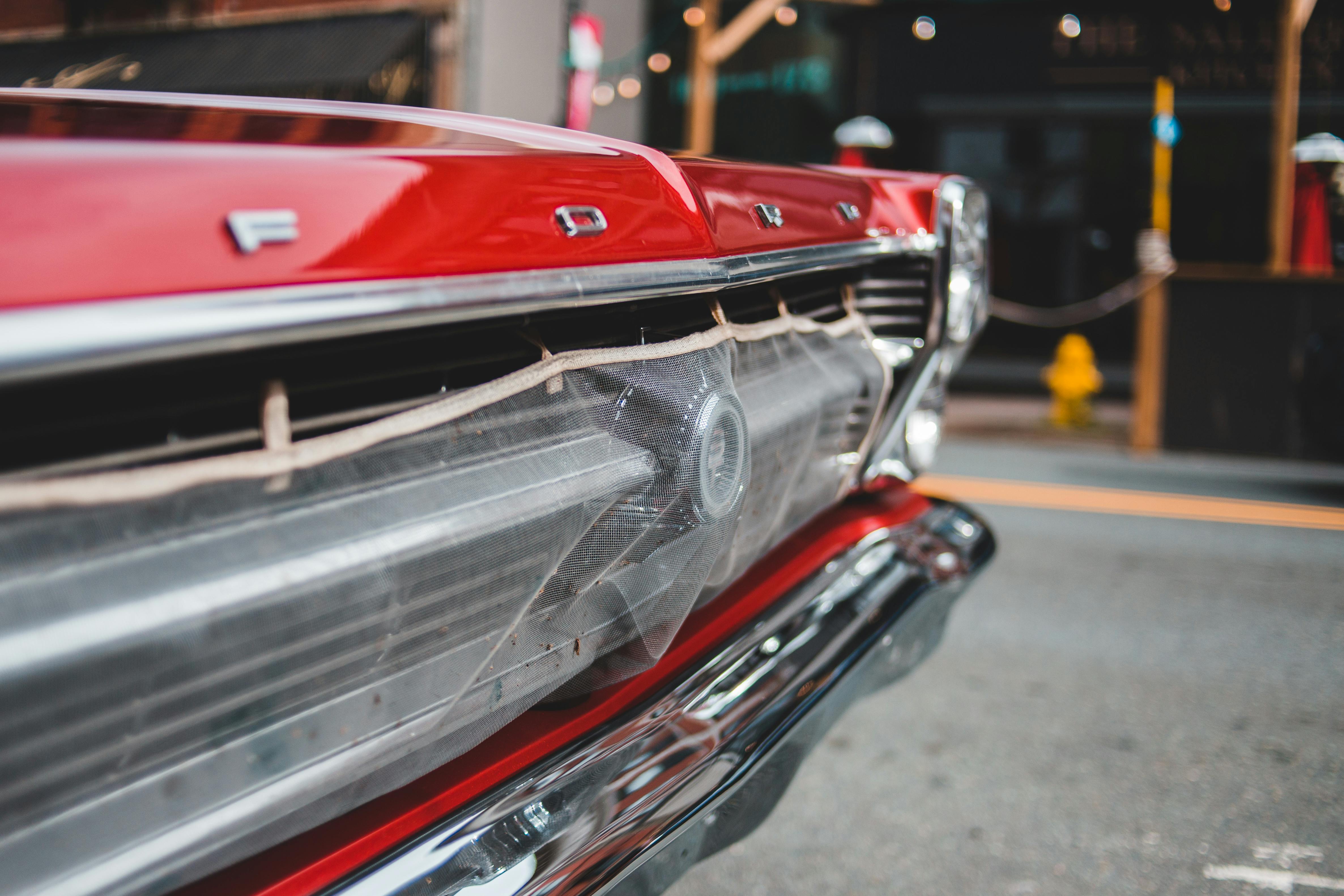Thomas Edison and Nikola Tesla – The differences between fame and oblivion
I recently saw the movie “The Prestige”. The story is about two fiercely rival wizards and is set in the 1890s. A subplot in the film concerns the largely forgotten rivalry between scientists and inventors Nikola Tesla and Thomas Edison. Entrepreneurs today can learn a lot from the Edison/Tesla saga.
Thomas Edison is one of the most famous and revered Americans of all time, and with good reason. Schoolchildren are taught that he harnessed electricity, invented the light bulb and the phonograph. He was granted 1,093 patents during his long and rewarding creative life. His summer lab in Fort Myer, Florida, remains a major tourist destination. Additionally, Edison made millions of dollars marketing his patents and product innovations. To this day we have all benefited from his genius.
Nikola Tesla, on the other hand, is virtually unknown today. He was born in Serbia, moved to the United States and became one of the most renowned scientists of his time. He was, in many ways, the prototype of the “mad scientist” so often depicted in books and movies. His eccentricity and his poor business decisions were the stuff of legends. And yet, Tesla’s inventions and scientific advances are just as important in our contemporary life as Edison’s.
As a young immigrant scientist, Tesla worked for Edison. Edison held the patent for direct current (DC) and, as always, was aggressively pursuing the commercialization of his patents. Famed banker JP Morgan was an early financial backer of Edison’s DC. Edison built a generator in New York City that could provide the miracle of light in homes, including Morgan’s Murray Hill mansion. It was considered a wonder of the day.
However, Tesla recognized that DC had serious limitations, specifically in supplying electricity over a vast network. He championed alternating current (AC). Edison was furious. AC was a direct attack on his patents. He had no business right to AC power generation. Tesla left Edison and the two great scientists became enemies for life.
Tesla presented his AC theories to George Westinghouse, another enemy of Edison. The two became partners and a race between AC and DC devotees began. Westinghouse and Tesla believed that AC was superior to DC due to the arc and the larger power footprint the system could deliver.
Edison, an unusual combination of a man of science and an excellent businessman, carried out an aggressive; some say the public relations campaign was savage to support his conviction that DC was the best technology. He performed public electrocutions of animals in an effort to demonstrate that DC was a safer, cleaner source of energy. He even allowed DC to be used in the first electrocution of a criminal sentenced to death. This public display was botched and the criminal was horribly re-electrocuted. The audience was shocked.
Meanwhile, Westinghouse commissioned Tesla to harness the power of Niagara Falls to generate safe and widespread electricity using AC technology. Testing and subsequent network performance confirmed that AC was the superior technology. Morgan and Edison were forced to buy shares in AC.
Thomas Edison prospered for the rest of his days. His connections with JP Morgan led to the establishment of General Electric, one of the world’s great companies to this day. He died rich, revered and famous.
Tesla was a great contributor to the evolution of our modern energy system. The many scientific endeavors involved in the electrification of the United States and the world would have occurred much more slowly without his inventions and creativity. Tesla was crucial to the perfection and acceptance of AC, the standard used to this day. And yet Tesla died bankrupt, alone, nervous.
Edison invented the light bulb. However, without widely distributed, safe, and affordable electricity, the light bulb was worth little. A car without an internal combustion engine is a wagon. Similarly, the perfection of Tesla’s AC was the tool that made the light bulb so valuable. Tesla’s success inadvertently affirmed Edison’s legacy.
Edison could sell. He was a genius at self-promotion. He could seek and obtain capital based on his reputation. He had charm and charisma. Edison created a legend for himself.
Tesla had none of these qualities. He made bad business decisions. His reputation for being difficult closed many promising business doors. Tesla was dark and tough. English was his second language and he was never comfortable in a public format. The science of it has been clouded by the many futuristic predictions of it. Much of today’s modern pseudoscience and UFO acolytes are based on tidbits of Tesla’s preaching.
The ability to commercialize inventions is the key difference between creative types and successful entrepreneurs. We all know people with a vibrant imagination and inventiveness. We all also know that few of these people succeed in turning imagination into reality.
A successful entrepreneur needs a variety of skills and talents to overcome the din of our highly competitive marketplace. Successful designers and engineers are often great employees, unless they can communicate, sell, market, and strategize. The inventor who lacks these skills has many other potential routes to success. Licensing, partnerships and alliances are viable options.
Thomas Edison, Henry Ford, Bill Gates, and Ray Kroc are stellar examples of what it takes to be successful. They are versatile, adaptable and visionary. Nikola Tesla was a genius, but only in one area. The science of it is invaluable. Today, Tesla’s personal, business, and historical legacy is largely forgotten. Every student learns about Thomas Edison. It took me an afternoon at the movies to be fleetingly reminded of the important contributions of Nikola Tesla.
